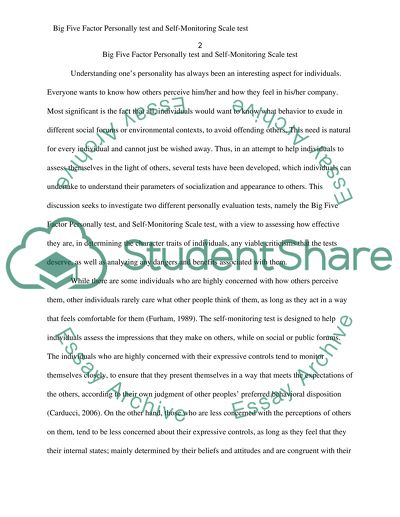Cite this document
(“Personality: Big Five Factor and Self-Monitoring Scale Essay”, n.d.)
Retrieved from https://studentshare.org/psychology/1472083-personality-big-five-factor-and-self-monitoring-scale
Retrieved from https://studentshare.org/psychology/1472083-personality-big-five-factor-and-self-monitoring-scale
(Personality: Big Five Factor and Self-Monitoring Scale Essay)
https://studentshare.org/psychology/1472083-personality-big-five-factor-and-self-monitoring-scale.
https://studentshare.org/psychology/1472083-personality-big-five-factor-and-self-monitoring-scale.
“Personality: Big Five Factor and Self-Monitoring Scale Essay”, n.d. https://studentshare.org/psychology/1472083-personality-big-five-factor-and-self-monitoring-scale.


